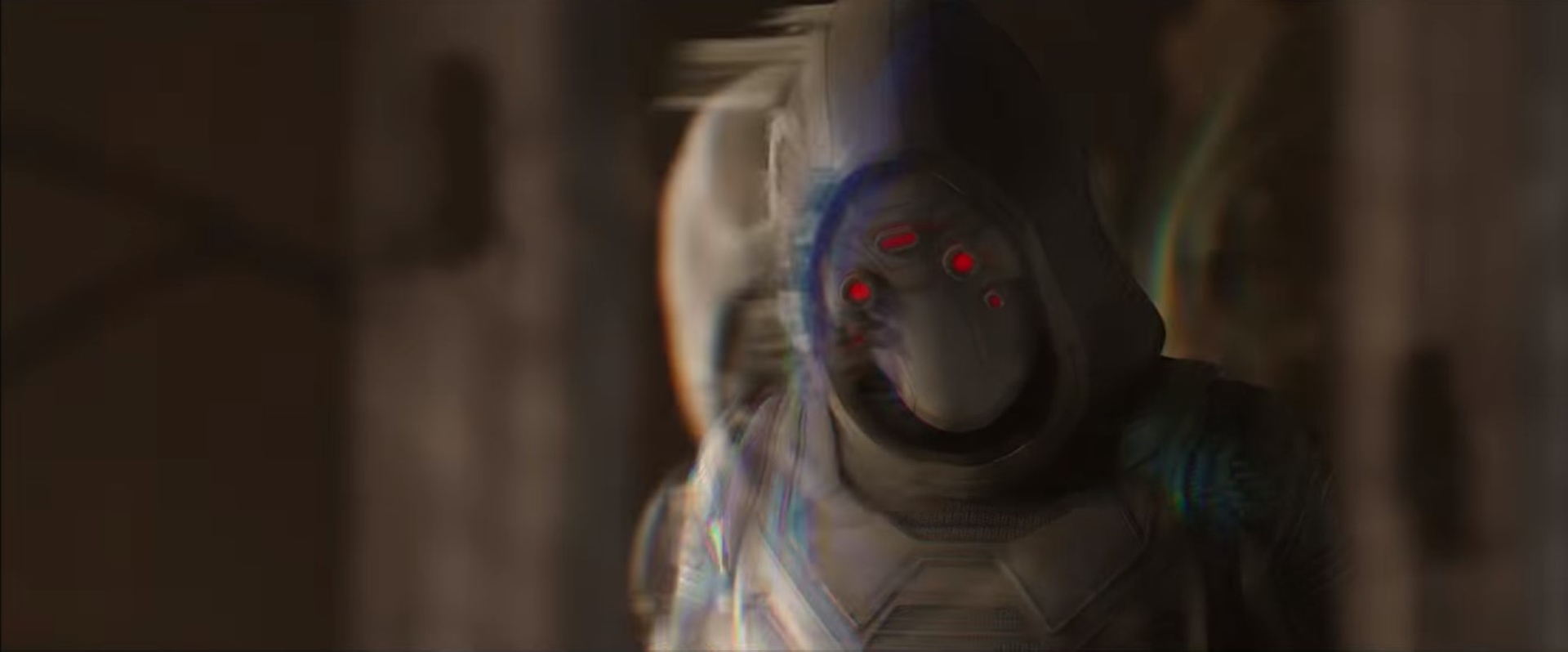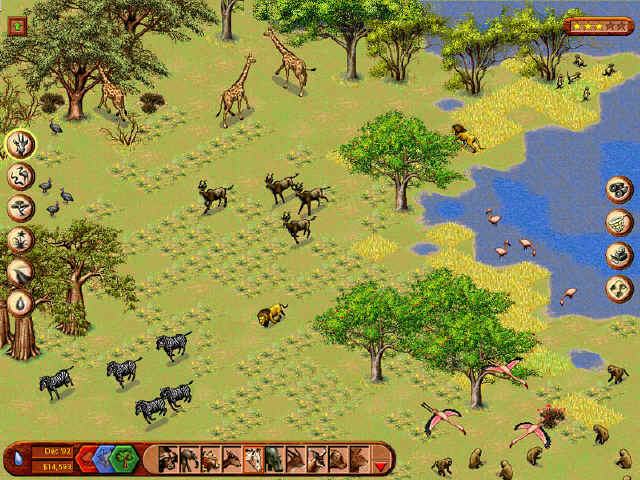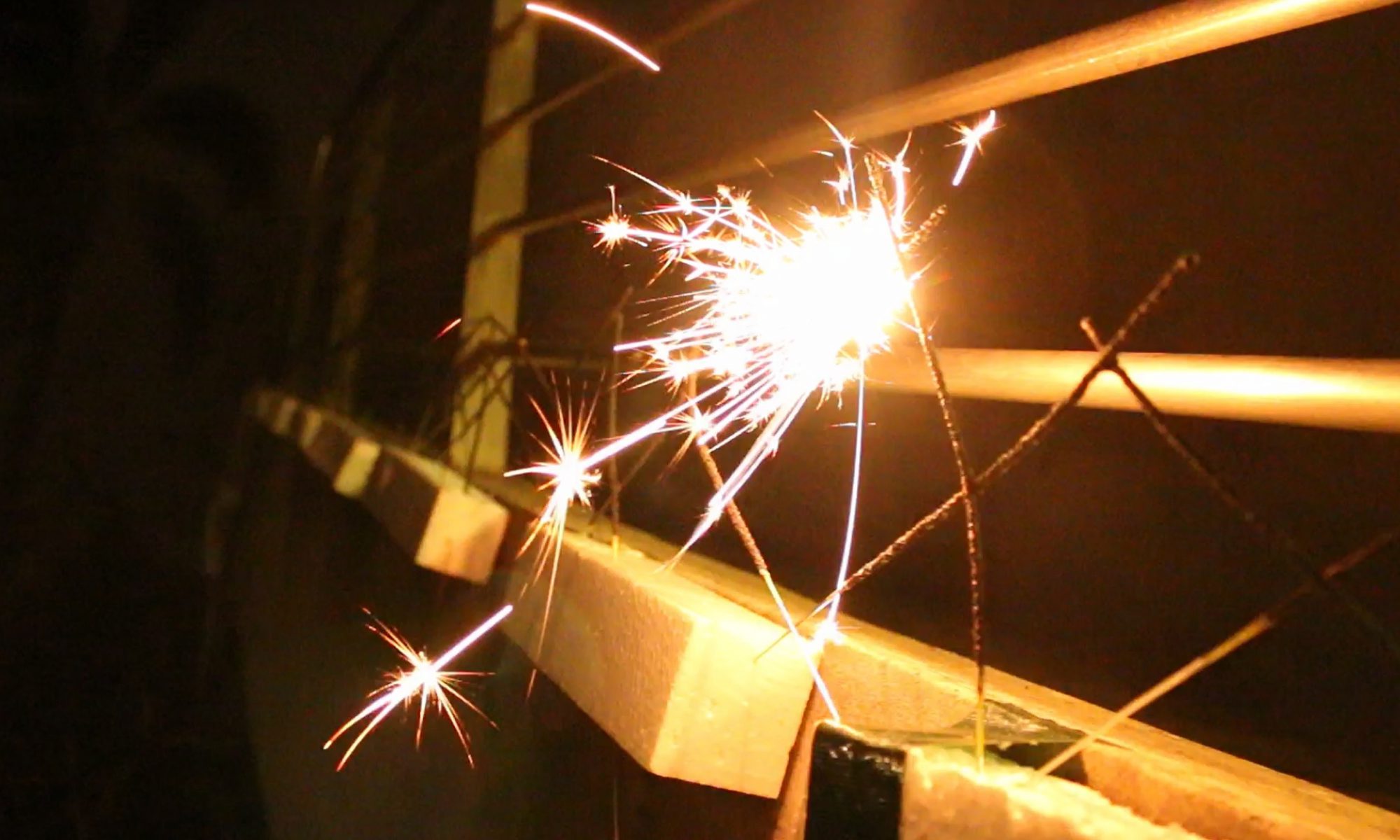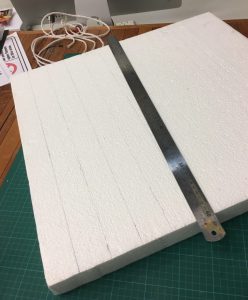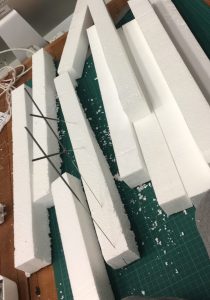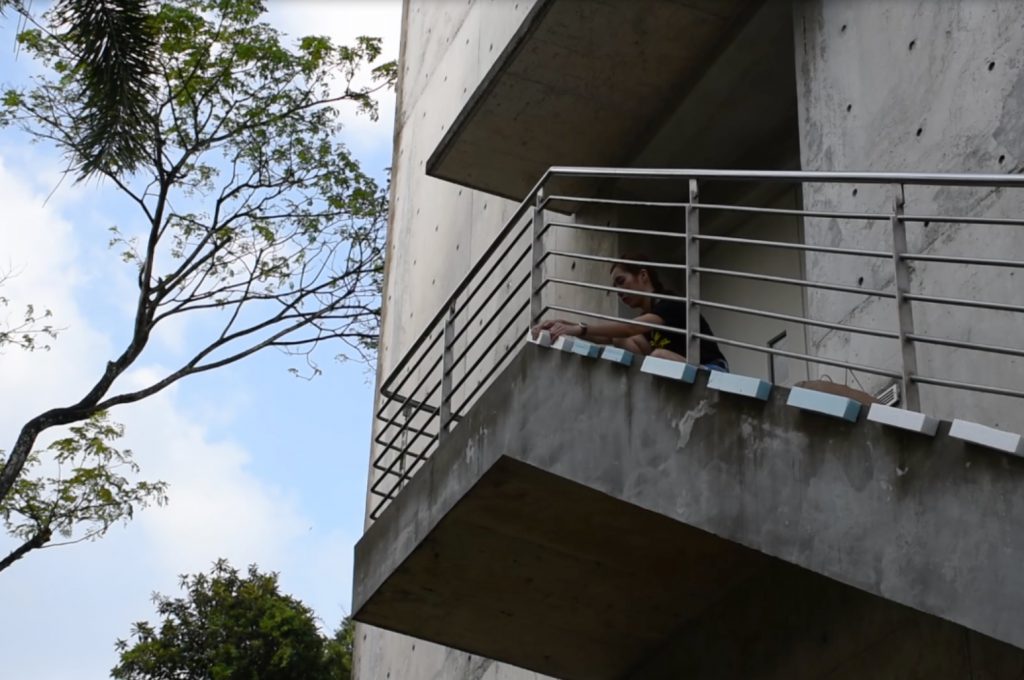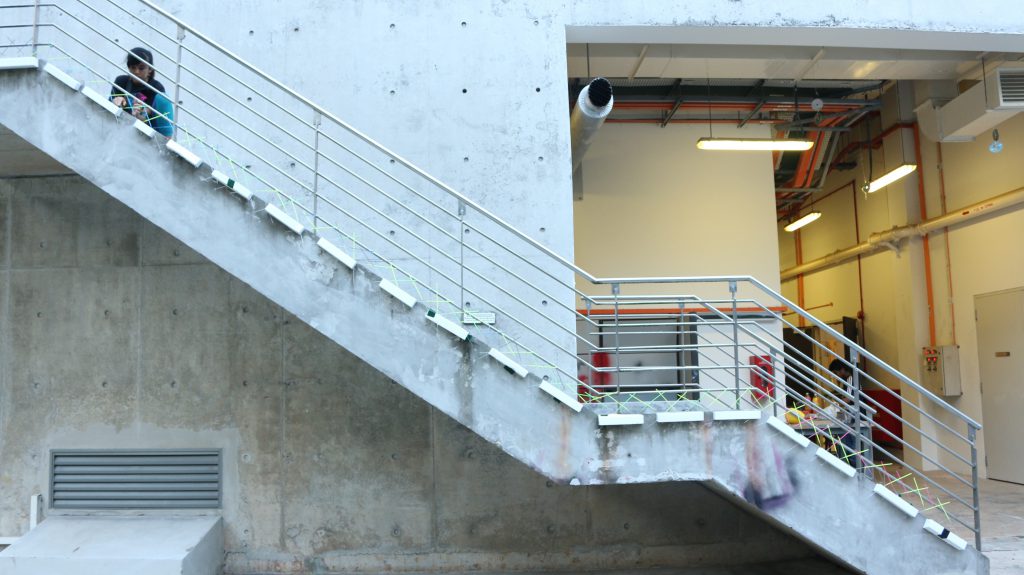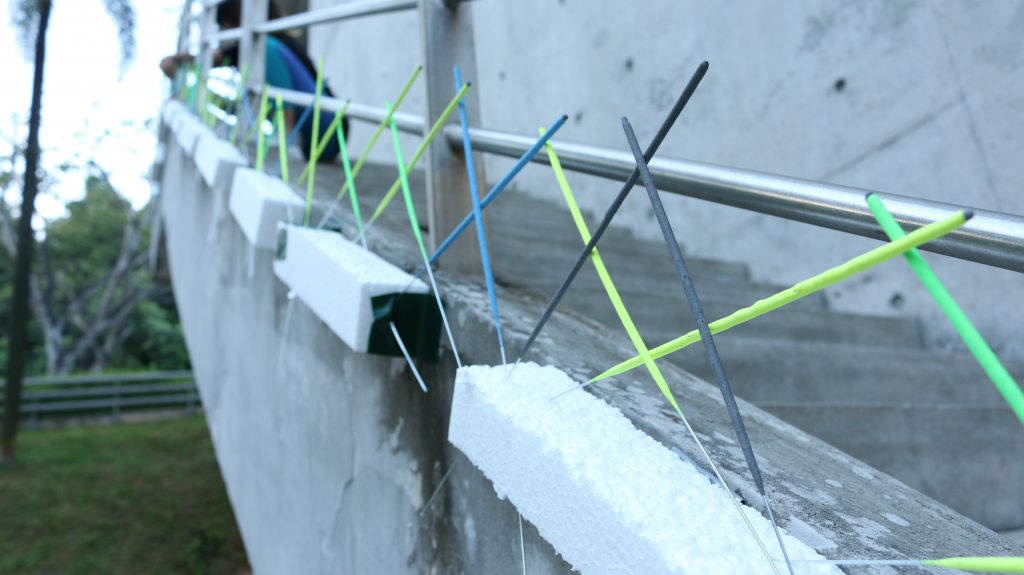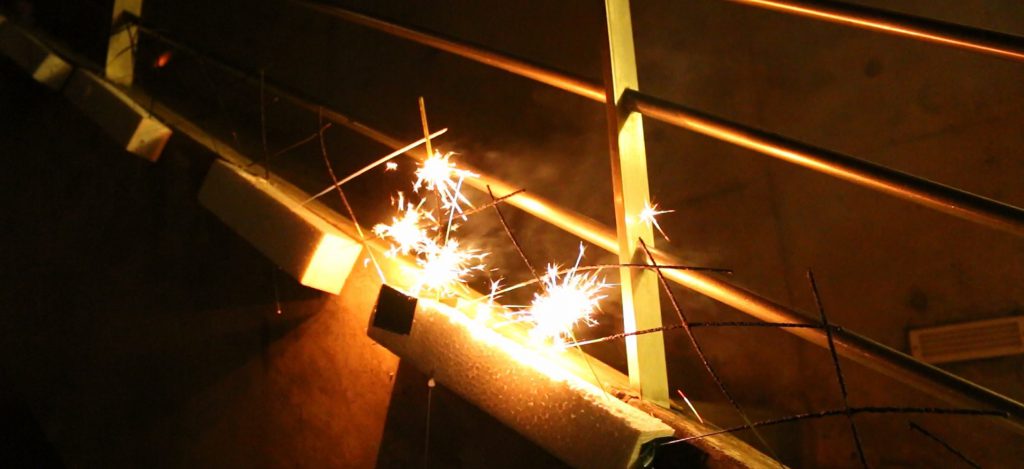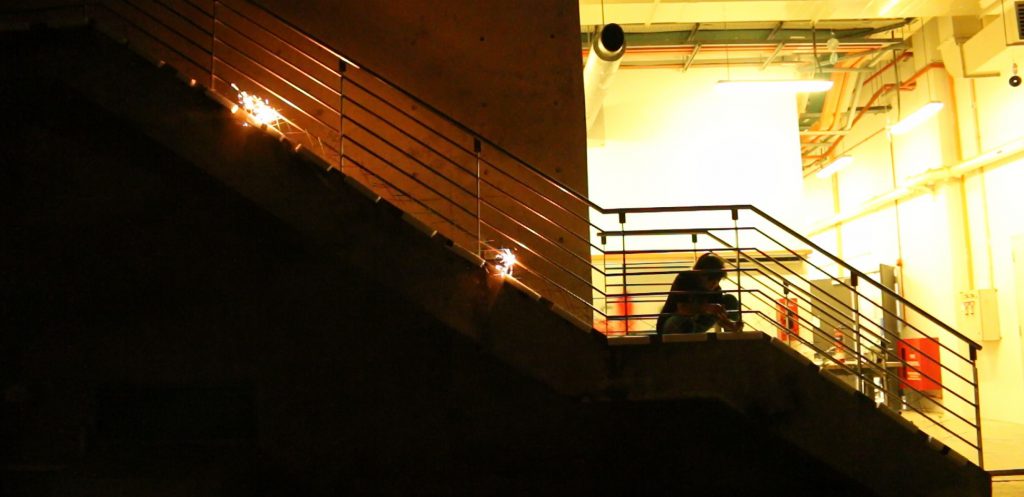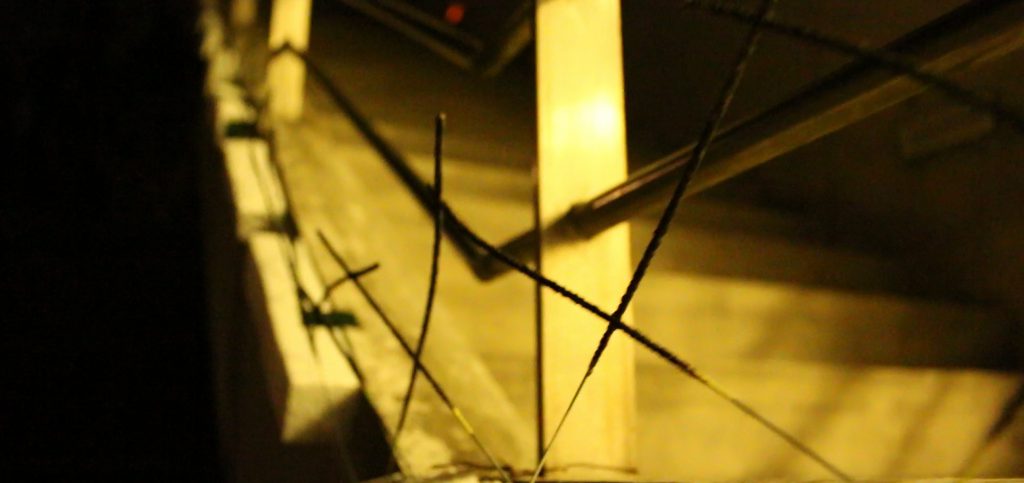Concept
We interpreted music as
– Rhythmic
– Orderly and flows smoothly like the orbital paths of astronomical objects
– A pattern
– Range of notes jumbled up and put together again to form a song
– Calming
We were inspired by the idea of sounds in space – they can only be heard in space in certain conditions. There needs to be a medium (air molecules) for sound to travel the way they do on Earth. Large empty areas between stars and galaxies are completely silent, but sounds can be heard as you approach them.
NASA Spacecrafts captured radio emissions from planets, their moons and our Sun, and converted them into sound waves. Below is a playlist of the results:
Recommended tracks:
1. Sounds of Saturn: Hear Radio Emissions of the Planet and Its Moon Enceladus
2. Kepler: Star KIC12268220C Light Curve Waves to Sound
3. Cassini: Saturn Radio Emissions #2
4. Chorus Radio Waves within Earth’s Atmosphere
5. Plasmaspheric Hiss
Soaring to the depths of our universe, gallant spacecraft roam the cosmos, snapping images of celestial wonders. Some spacecraft have instruments capable of capturing radio emissions. When scientists convert these to sound waves, the results are eerie to hear.
In time for Halloween, we’ve put together a compilation of elusive “sounds” of howling planets and whistling helium that is sure to make your skin crawl. – NASA Soundcloud
Overall, the sounds were pretty creepy and unsettling, some sounded organic while others were repetitive like waves.
Our concept also encompasses MAN’s theme of passing, as the space represents the passing of time – from the beginning of time (the Big Bang) until present day. Our work also suggests elements of time travel, space warping and planetesimal.
Click here to view Google Slides presentation.
Progress
For our storyboard, we plan to start our piece off with a Big Bang inspired sequence – a silent explosive animation that emits waves of particles. We aim to bring our audience through a cosmic journey with abstract waves, particle generation and orbital movements in a 3-dimensional spatial environment.
The stills taken above are produced in Adobe After Effects and Processing. The footage produced in Processing were auto-generative, but not as good in terms of visual quality. To save a video format from Processing, we would have to include a saveFrame() function and to piece a video together using the individual frames (which requires quite a bit of processing power & my laptop might not be able to handle). Therefore we are currently looking to produce similar aesthetics using After Effects instead.
MAN Media Wall Testing on 17/9
Link to video: https://drive.google.com/file/d/1U0hebZAhOW5O0AHlFMRZPKiWjpbRpNKj/view?usp=sharing
The generative perlin noise lines were a little pixelated when projected on the media wall, perhaps because it was screen-recorded on Processing before it was imported into AE. Hence we need to find an alternative way to export the video in a higher definition. Some of the footages also needed to be slowed down a little.
To Be Explored
Below are some other inspirations and visual effects that we would also like to explore and perhaps incorporate into our piece.


